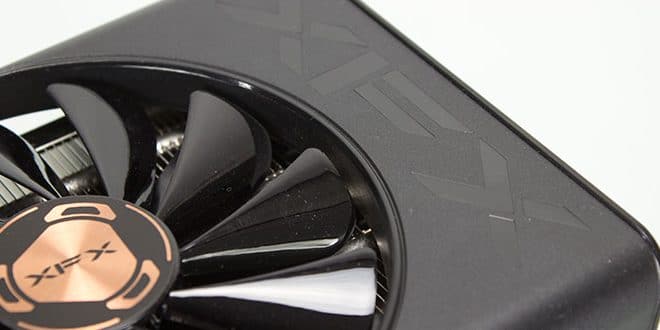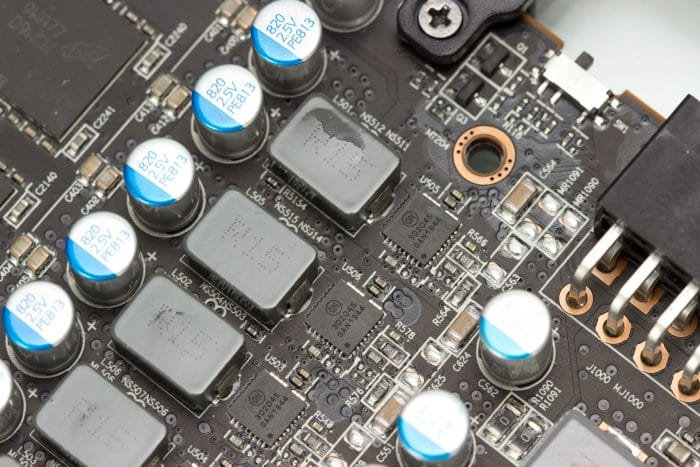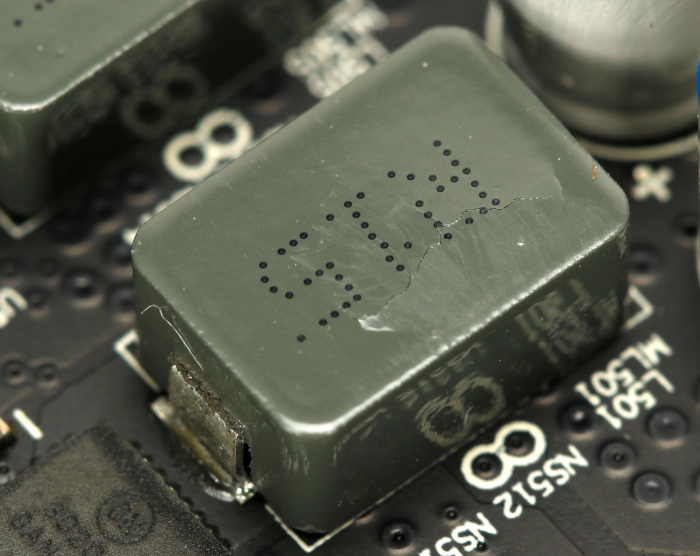Now we get to the interesting part of this. And that is the fact that beyond the apparent hassle you read on the previous page. We also have other concerns with the sudden influx of a firmware that potentially alters the entire workings of the product and the potential issues it brings.
Not all 5600 XT’s are the same
Like any GPU, there are countless models or SKUs out there from various brands. While I would love to believe that all of the cards are crazily overbuilt to ensure they can stand up to the torture of people pushing the clocks on them to the limit. Unfortunately when you are talking about more mainstream level parts, many are built to the spec designated for the performance specified by the chipset maker (AMD in this case) and therefore when trying to push the performance by 8-12%+ some boards may not be stable or long term reliable at these speeds.
This is where some major concern comes to play, as the board partners had maybe a few days to ready a VBios that they can put on their cards. With that considered, we must consider, how much R&D can you confidently say went into ensuring they will last as long as a user would expect when this segment tends to keep cards for up to 3-5 years between refresh cycles? This does mean that we could potentially see an issue where users have the cards for months to even a year or so, and it burns up.
The other concern can be the coolers on these cards as the cooler may have been excellent at the much lower speeds, but once you but TBP by 10-20W+, it can quickly start to saturate the cooling solution and even cause either performance throttling or a noisier card to control thermals. I did not see this issue as the XFX cooler did very well keeping the card at a warm but manageable 75C under loading.
Questioning QC and quality of component usage.
As an add-on to what I have said about all cards not being equal, let’s also look at the physical characteristics of the XFX 5600 XT I had for review.
From a passing glance, the graphics card looks good and similar to most we have seen on the market. It employs a 4+1 (running 8+2 via two stages per channel) with ONSemi 45A power stages. However, upon closer inspection, we saw something less than favorable.
Here we see the power stages previously mentioned, but one thing you may also notice is the inductor/choke, which is cracked. There are three of the eight primary VGPU inductors which are cracked, and this means one of two things. Either the components used were of low quality, or the inductor was damaged or bad and has cracked from the inherent vibration of the coil, which can lead to eventual coil/inductor whine issues that can plague a GPU.
Here we got an even closer look at the inductor damage. I cannot say that a poor quality part causes this, but I can say that it does not look like any exterior force damaged them. The reason I make this assertion is that there is a bulging outward apparent, as you can see in the image, which tells me that the failure is from internal stresses.
NOTE: I am working with XFX to return this card for failure analysis so that they can assess this, as they have not seen this sort of issue, according to their claims.
I think we’ve had enough doom and gloom for a while let alone one article, let’s take a look at how the card performed.
 Bjorn3D.com Bjorn3d.com – Satisfying Your Daily Tech Cravings Since 1996
Bjorn3D.com Bjorn3d.com – Satisfying Your Daily Tech Cravings Since 1996











